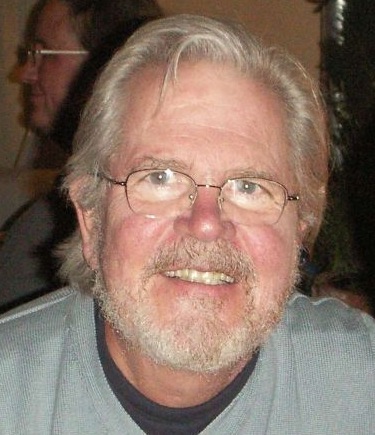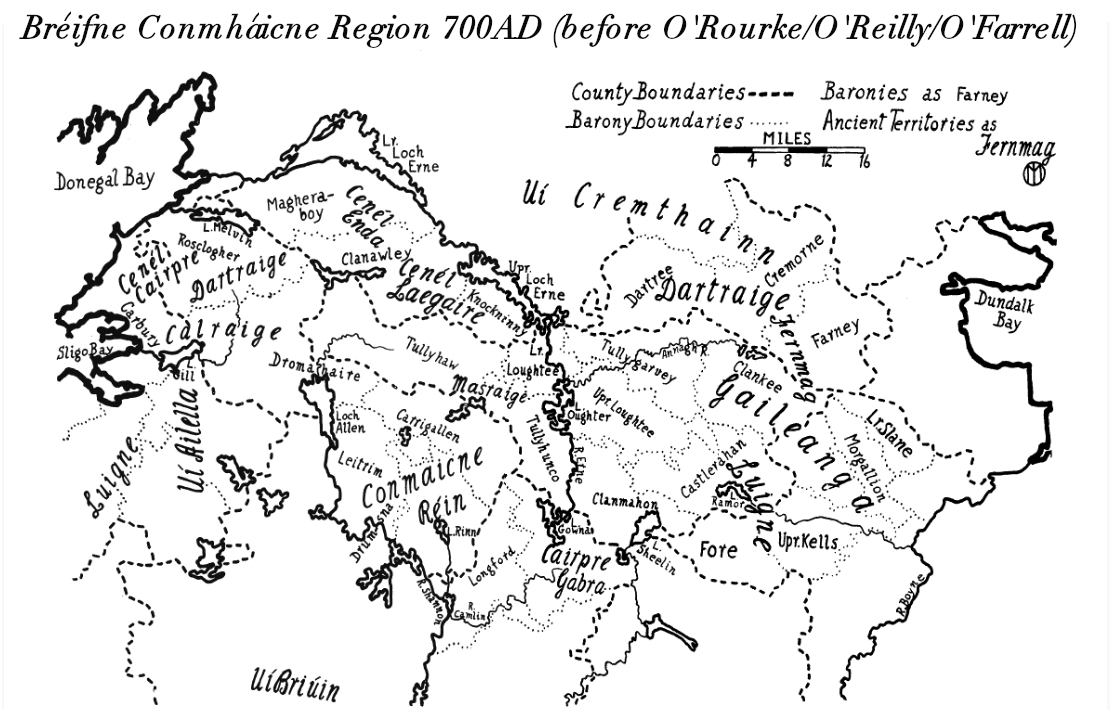|
Crooked River (Ireland)
The Crooked River rises in Loughan Macmartin at the top of Slieve Rushen Mountain, in the townland of Carrowmore, Parish of Tomregan, Barony of Tullyhaw, County Cavan, Ireland. It then flows in a southerly direction and discharges into the Shannon–Erne Waterway in the townland of Derryginny Derryginny is a townland in the Parish of Tomregan, Barony of Tullyhaw, County Cavan, Ireland. Etymology The townland name is an anglicisation of the Gaelic placename "Doire Goinimhe" which means the 'Oakwood of the Sand', which possibly der .... It has a fish population of brown trout, pike, minnows, stoneloach and perch. References Rivers of County Cavan {{Cavan-geo-stub ... [...More Info...] [...Related Items...] OR: [Wikipedia] [Google] [Baidu] |
Slieve Rushen
Slieve Rushen is a mountain which straddles the border between County Cavan in the Republic of Ireland and County Fermanagh in Northern Ireland. It is also called Slieve Russell or Ligavegra (Also Legavagra, Ligavagra). It has an elevation of 404 metres above sea-level. OS 1/50k Mapsheet: 27A & 26. Grid Ref: H234 226. The mountain is made up of grey limestone with a cap of sandstone and shales and is extensively quarried by local companies. The surface is mostly covered with peat, conifer forests and grazing fields. The mountain contains several caves and swallow-holes including Pollnagollum (Slieve Rushen) and Tory Hole which are a popular destination for potholers, both situate in Legavreagra townland. It forms part of the Slieve Rushen Bog Natural Heritage Are A recent addition to the mountain is the Slieve Rushen Wind Farm for generating electricity. Etymology The name Slieve Rushen derives from the Gaelic ' ''Sliabh Ros-in'' ' which means "''The Mountain of the Little W ... [...More Info...] [...Related Items...] OR: [Wikipedia] [Google] [Baidu] |
Carrowmore, County Cavan
Carrowmore, County Cavan is a townland in the Parish of Tomregan, Barony of Tullyhaw, County Cavan, Ireland. Etymology The townland name is an anglicisation of the Gaelic placename ''Ceathrú Mhór'' which means 'The Great Quarter'. It derives its name from the large size of the townland which in medieval times comprised a quarter of the ballybethagh of Calvagh, as it originally consisted of the present-day townlands of Carrowmore, Mullanacre Lower, Mullanacre Upper and Moher, a total of 2,066 statute acres. The oldest surviving mention of the name is on the 1609 Ulster Plantation Baronial map of Tullyhaw, where it is spelled ''Arrowmore''. A 1610 grant spells the name as ''Kearowmore''. A 1612 pardon spells it as ''Cearowmore''. A 1630 Inquisition spells it as ''Carraghmore''. The 1652 Commonwealth Survey spells the name as ''Karowmoreoghtragh''. The 1659 Down Survey map spells it as ''Carrowmore''. The 1663 Hearth Money Rolls spell it as ''Caramore'' and ''Upper Caramont'' ... [...More Info...] [...Related Items...] OR: [Wikipedia] [Google] [Baidu] |
Tomregan
Tomregan ( ga, Tuaim Dreagain, ) is a civil parish in the ancient barony of Tullyhaw. The parish straddles the international border between the Republic of Ireland and Northern Ireland. The largest population centre in the parish is Ballyconnell, County Cavan. The total area of the civil parish is 10,600 statute acres. Most of Tomregan's constituent townlands are situated in County Cavan while the remainder lie in County Fermanagh. In the Catholic Church, the ecclesiastical parish of Tomregan was split in the early 18th century, with the County Fermanagh townlands being assigned to the parish of Knockninny while the County Cavan townlands were united with the parish of Kildallan. The townlands The Fermanagh townlands in Tomregan civil parish are- Aghindisert, Carickaleese, Cloncoohy, Derrintony, Derryart, Garvary, Gortahurk, Gortaree, Gortineddan, Gortmullan, Knockadoois, Knockateggal, Tonymore and Ummera. The Cavan townlands in Tomregan civil parish are- Agharas ... [...More Info...] [...Related Items...] OR: [Wikipedia] [Google] [Baidu] |
Tullyhaw
Tullyhaw ( ga, Teallach Eathach) (which means 'The Territory of Eochaidh', an ancestor of the McGoverns, who lived ) is a Barony in County Cavan in the Republic of Ireland. The area has been in constant occupation since pre-4000 BC. Located in the northwest of the county, it has been referred to as Cavan's panhandle. In 1579, East Breifne, then part of Connacht, was made a shire. The shire was named County Cavan ( ga, An Cabhán) after Cavan, the area's main town. The administration remained in the control of the local Irish dynasty and subject to the Brehon and Canon Law. In 1584, Sir John Perrot formed the shire into a county in Ulster. It was subdivided into seven baronies: *two of which were assigned to Sir John O'Reilly and *three to other members of the family; *two remaining, possessed by the septs of **McKiernan Clan and ** McGovern (a.k.a. ''Magauran'') The last one, Tullyhaw, encompassed the mountains bordering on O'Rourke's country, and was left subj ... [...More Info...] [...Related Items...] OR: [Wikipedia] [Google] [Baidu] |
County Cavan
County Cavan ( ; gle, Contae an Chabháin) is a county in Ireland. It is in the province of Ulster and is part of the Border Region. It is named after the town of Cavan and is based on the historic Gaelic territory of East Breffny (''Bréifne''). Cavan County Council is the local authority for the county, which had a population of 76,176 at the 2016 census. Geography Cavan borders six counties: Leitrim to the west, Fermanagh and Monaghan to the north, Meath to the south-east, Longford to the south-west and Westmeath to the south. Cavan shares a border with County Fermanagh in Northern Ireland. Cavan is the 19th largest of the 32 counties in area and the 25th largest by population. The county is part of the Northern and Western Region, a NUTS II area, and in that region, is part of the Border strategic planning area, a NUTS III entity. The county is characterised by drumlin countryside dotted with many lakes and hills. The north-western area of the county is spar ... [...More Info...] [...Related Items...] OR: [Wikipedia] [Google] [Baidu] |
Ireland
Ireland ( ; ga, Éire ; Ulster Scots dialect, Ulster-Scots: ) is an island in the Atlantic Ocean, North Atlantic Ocean, in Northwestern Europe, north-western Europe. It is separated from Great Britain to its east by the North Channel (Great Britain and Ireland), North Channel, the Irish Sea, and St George's Channel. Ireland is the List of islands of the British Isles, second-largest island of the British Isles, the List of European islands by area, third-largest in Europe, and the List of islands by area, twentieth-largest on Earth. Geopolitically, Ireland is divided between the Republic of Ireland (officially Names of the Irish state, named Ireland), which covers five-sixths of the island, and Northern Ireland, which is part of the United Kingdom. As of 2022, the Irish population analysis, population of the entire island is just over 7 million, with 5.1 million living in the Republic of Ireland and 1.9 million in Northern Ireland, ranking it the List of European islan ... [...More Info...] [...Related Items...] OR: [Wikipedia] [Google] [Baidu] |
Shannon–Erne Waterway
The Shannon–Erne Waterway ( ga, Uiscebhealach na Sionainne is na hÉirne) is a canal linking the River Shannon in the Republic of Ireland with the River Erne in Northern Ireland. Managed by Waterways Ireland, the canal is in length, has sixteen locks and runs from Leitrim village in County Leitrim to Upper Lough Erne in County Fermanagh. The official opening of the Shannon–Erne Waterway took place at Corraquill Lock, just south of Teemore in the south of County Fermanagh, on 23 May 1994. History The earliest known name of the Shannon–Erne Waterway was the River Gráinne (''Sruth Gráinne'' in Irish, meaning ''The Gravelly River''). The earliest surviving mention of the river name is in a poem composed about 1291 which gives the name as ''Sruth Gráinne'': :''The Gráinne River, that clear and fairest of streams,'' :''never ceases its moaning as it flows through the wood.'' :''Sruth Gráinne ar a ghuth ní ghabh'' :''Sruth glan áille tre fhiodh''. The ''Annals of L ... [...More Info...] [...Related Items...] OR: [Wikipedia] [Google] [Baidu] |
Derryginny
Derryginny is a townland in the Parish of Tomregan, Barony of Tullyhaw, County Cavan, Ireland. Etymology The townland name is an anglicisation of the Gaelic placename "Doire Goinimhe" which means the 'Oakwood of the Sand', which possibly derives either from the sandbanks which form along the rivers running through it or from the large quarry on its northwest boundary. The 1609 Ulster Plantation Baronial map spells the name as ''Dirrigonie''. A 1610 grant spells it as ''Dirregenny''. The Irish State Papers for 1610 spell it as ''Diroginy''. A 1630 Inquisition spells it as ''Derrogeny''.The 1652 Commonwealth Survey spells it as ''Direganny''. The 1659 Down Survey map spells it as ''Derygenny''. The 1663 Hearth Money Rolls spell it as ''Dirigny''. A 1666 grant spells it ''Derrogenny alias Derrygenny''. William Petty's 1685 map spells it as ''Deregeny''. The 1790 Cavan Carvaghs list spells the name as ''Dirreginny''. Geography It is bounded on the north by Doon, Tomregan and G ... [...More Info...] [...Related Items...] OR: [Wikipedia] [Google] [Baidu] |



